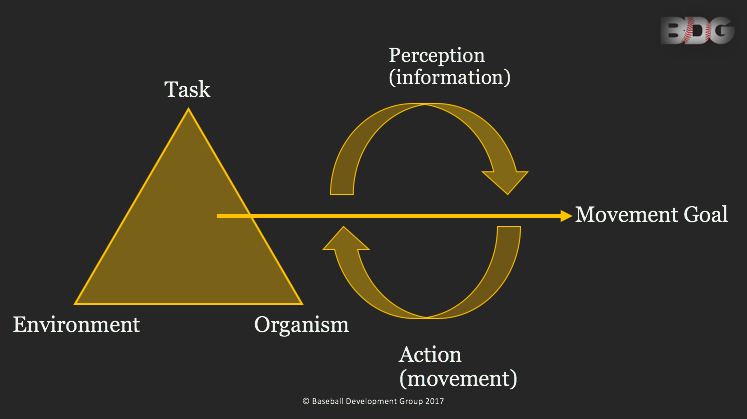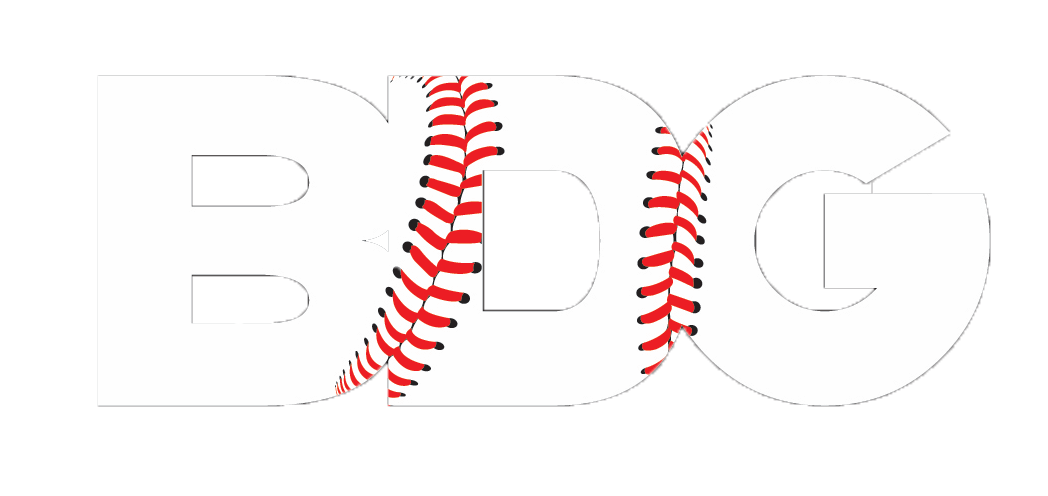Removing Movement Constraints During Throwing Work
Everyone has a movement ideal for which they are shooting for with their athletes. We have our own conceptions of what players look like currently and what we are ultimately trying to get them to look like. Our focus within our training sessions, usually, is to bridge the gap just a bit between the two.
Considering this, however, we sometimes find that players & coaches are not positioned well to do so. When we ask a player what they need to work on from a mechanical perspective they are usually quick to answer. They need to improve trunk rotation, land more firmly on the front leg, or create better hip-to-shoulder separation.
But when asked something as simple as how much rotation do you have in your thoracic spine to begin with, we generally get a blank stare.
If we are working towards a movement ideal, we should have an idea of what that ideal entails.
If we are trying to push a player’s current movement towards that ideal, we should have an idea of what they are currently capable of. Can your athlete’s joints do what you’re asking them to do?

In other (and more scientific hipster) words, “what are the organismic constraints of the athlete?”
A reminder that constraints are essentially boundaries or limitations and come in the form of three conceptual categories; task, environment and organism. We’ve touched on this topic several times, so if you’re looking for more information on constraints we recommend starting here and then moving into Rob Gray podcasts.
Organismic constraints can be further broken down into a host of different subcategories – from the physiological to the psychological. This is where it can get a bit tricky. How do we account for the innumerable things that make up physiological constraints; power, strength, energy profile, stress, fatigue, etc. How do we account for the psychological components like mood states or attention?
This a question I don’t have an easy answer for and one that I’m still struggling to piece together.
But what we can do for now, is to start with a level that is simple, accessible, and transiently malleable – range of motion.
Given that range of motion is an (overly simplistic) organismic constraint that will affects a player’s movement solution, and is one that we can manipulate, then we should pay some attention towards it. (Another reason why it’s critical to have access to someone who can perform in-depth assessments).
If a player is lacking the fundamental requirements to provide to you the movement solution that you’re looking for — I can’t answer that question for you — then you need to intervene. Frequently, that constraint is range of motion.
Over the 12-18 months, we’ve made some changes to the layout of our technique work. Currently, when our players are going through their drill work, they are attempting to remove or alter movement constraints either immediately prior to or in between technical sets. We are attempting to change how they move by giving them more or different options.
Let’s take an example with hip internal rotation
Suppose a RHP shows up to us with little to no hip internal rotation on his drive leg. At BDG we consider hip internal rotation to be a necessary component for biomechanical efficiency, so having virtually none is a problem.
We will incorporate R hip internal rotation ‘drills’ directly into his throwing drills as a pre-cursor to the drill itself.
For example, he may work on his hip internal rotation deficit with this specific exercise.
He will then immediately perform a constraint drill that demands the usage of that drive leg hip internal rotation – maybe that’s a walk-into drill.
The first video is what Jonah could use for hip internal in this drill. You can see that his back foot needs to turn outwards (externally rotate) for him to complete the throw.
The second video is after we did the hip internal rotation exercise. We’ve given Jonah the (temporary) ability to internally rotate his pelvis relative to his leg and he’s now able to incorporate that into a drill.
How can you incorporate this?
Well, the first step in all of this is to ensure that you have taken a thorough inventory of what your joints of capable of doing. We use the Functional Range Assessment for this. If you know what the limitations of the joint are passively and actively, you can begin to map out a plan of attack.
If a player has a deficit in a specific range of motion, such as drive leg internal rotation, try pairing a drill that will ‘fix that’ with a technical drill that will then emphasize it’s usage. See if it works, if it doesn’t, and just move forward.
Although not perfect and still a work in progress, this small adjustment in how we go about our technical work has shown enough positive changes that we encourage others to try it out.

This is awesome!!!
Thanks Graeme! Appreciate it buddy